Cardiac surgery often requires the use of cardiopulmonary bypass (CPB) circuits, which, while essential, can significantly impair coagulation and increase the risk of excessive bleeding. In a novel quality assurance project conducted at Toronto General Hospital, researchers set out to compare the clinical impacts of six different disposable CPB circuits, all approved by Health Canada. The goal was to generate comparative data that could guide purchasing and clinical decisions in cardiac surgery, given the lack of prior direct comparative studies.
The study evaluated 872 consecutive patients undergoing cardiac surgery between July 2021 and July 2022. The six CPB circuits came from four different manufacturers: Medtronic, LivaNova, Terumo, and Getinge. Each circuit was implemented for a 6–8-week block, ensuring a minimum of 100 patients per group. Data collected included bleeding severity, transfusion needs, hemostatic therapy usage, and changes in coagulation parameters, measured using both conventional lab tests and point-of-care viscoelastic assays.
Primary outcomes focused on bleeding severity using the Universal Definition of Perioperative Bleeding (UDPB), while secondary outcomes examined the need for allogeneic blood product transfusions and hemostatic therapies within seven days of surgery. Statistical models adjusted for surgeon-specific effects and clinical variables, such as patient demographics, comorbidities, and procedural details.
Results showed that all CPB circuits led to measurable coagulation impairment. However, when adjustments were made for patient and procedural variables, clear differences emerged among the circuit groups. Four circuits—Circuits 2, 4, 5, and 6—were associated with significantly lower rates of moderate-to-severe bleeding compared to Circuit 1. Notably, Circuit 6 (Medtronic Affinity NTTM CortivaTM) was linked to the lowest incidence of bleeding and the least use of blood and hemostatic products, suggesting superior performance in transfusion avoidance.
Despite all circuits meeting regulatory standards, differences in design features—such as surface coatings, oxygenator characteristics, and reservoir design—may account for the varying impacts on coagulation. For example, while biocompatible coatings are generally believed to reduce inflammation and bleeding, the study found that the best-performing circuit had an uncoated reservoir, challenging assumptions and indicating the need for further investigation into design factors.
The study also highlighted limitations, including its single-center, non-randomized design, and the inability to measure all potential confounders, such as cardiotomy suction use. Additionally, while coagulation assays showed group-level changes, they were not sensitive enough to fully explain differences in bleeding and transfusion rates. These findings underline the complexity of CPB-related coagulopathy and the challenges of using current assays as predictive tools.
In conclusion, this quality assurance project demonstrated that CPB circuits, although technically equivalent by regulatory standards, differ in their clinical effects on bleeding and transfusion requirements. Circuit 6, in particular, showed promise for reducing transfusion needs, a key consideration in improving outcomes and reducing healthcare costs in cardiac surgery. The study authors call for more robust, randomized controlled trials to confirm these findings and to better understand the mechanistic factors that contribute to CPB-associated coagulopathy.
This research adds important evidence to guide clinical practice and procurement policies, especially in high-volume cardiac surgery centers. It also opens the door for future investigations into the optimization of CPB circuit design to minimize coagulation-related complications.
Study ranking = 3 (moderate quality). Although large in sample size and well-analyzed, the study’s observational, single-center design without randomization or blinding limits its strength compared to randomized controlled trials.







